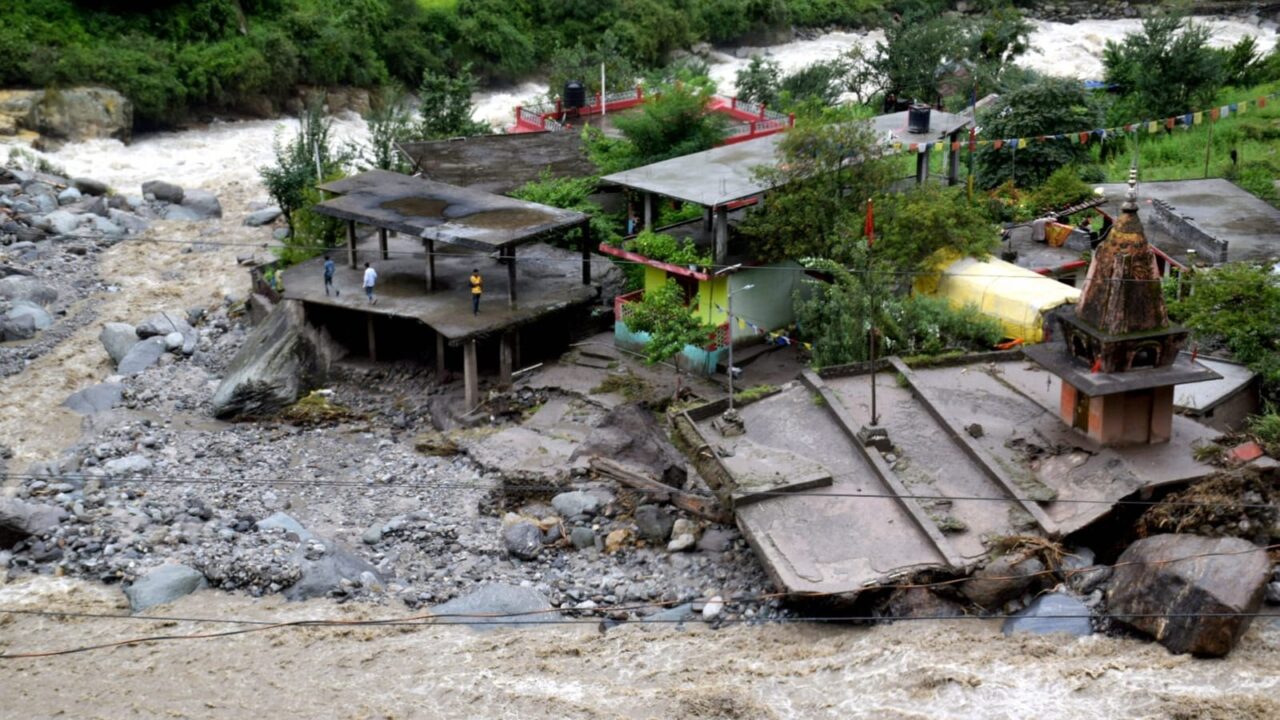
NEW DELHI: Experts across the country are trying to establish a connection between the increase of water temperature in the Indian Ocean and the incidence of cloudbursts in the Himalayas. On the other hand, the Government of India said in the Parliament that there is no proof or any established study in India regarding the connection between cloudbursts and climate change.
Ashwini Kumar Choubey, Minister of State for Environment, Forests, and Climate Change, said in the Parliament that the extreme incidents, including cloudbursts, are seen under various scientific assessments. He added that there is no established study for India which tells the quantified contribution of climate change in such events.
India Meteorological Department (IMD) defines a cloudburst as an event where 100 millimetres (mm) of rainfall takes place in an area of one square kilometre in an hour. This implies that IMD does not recognise heavy rainfall events as cloudbursts, even if experts and other authorities do. According to an analysis by Down to Earth, there were at least 26 events of cloudbursts from January 2021, to July 2021, but none of these were classified as cloudbursts by IMD.
Scientists, on the other hand, have presented a more reasonable explanation of cloudbursts as rains of more than 50 mm over a couple of hours in a limited area. The experts have also linked the global rise in temperatures with increasing frequency and intensity of cloudbursts. The reason is the warming of Indian Ocean, along with the Bay of Bengal and the Arabian Sea. Experts added that as the water bodies get warmer, they produce water vapours and moisture –laden winds carry them to Himalayas where they begin accumulating and eventually cause cloudbursts.
Vimal Mishra, Indian Institute of Technology-Gandhinagar, said that as the temperature increases, atmosphere can hold more and more moisture, which comes down as intense rainfall for a short duration. This results in flash floods in the mountainous regions and urban floods in the cities, he added.

